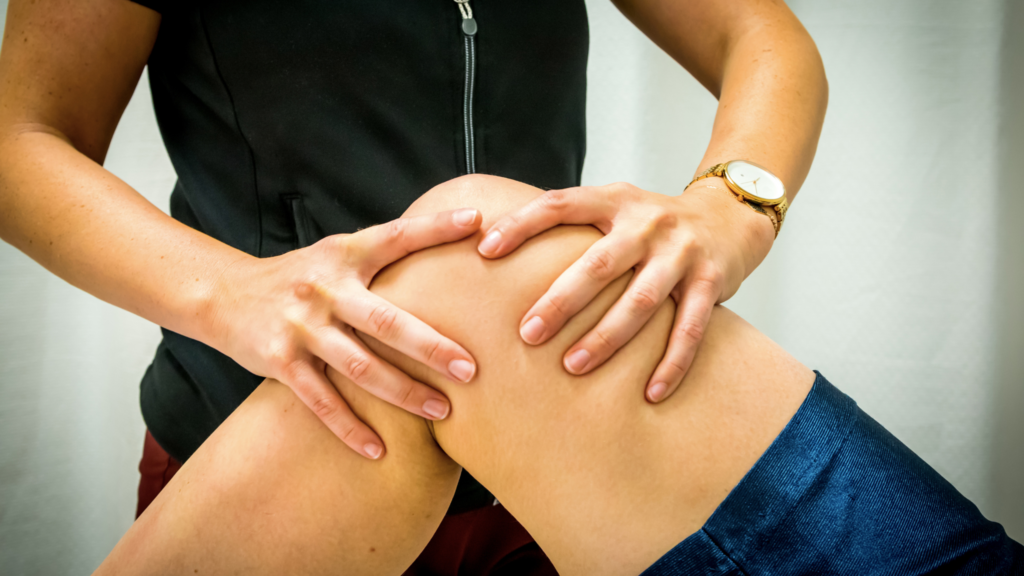
Rehabilitating after having heart surgery can be tricky to manage if you don’t get help from the right exercise specialist. If you’re someone who’s used to an active and fit lifestyle, you may be wondering: “What is the best exercise after heart surgery?“
Overall, exercising is something you shouldn’t miss when evaluating your current cardiac rehabilitation program. Whether you got heart bypass surgery or any other kind of procedure, there are plenty of options to ensure your cardiac rehab goes smoothly, allowing you to slowly regain strength in all your major muscle groups.
Let’s take a look at the best exercise program you can include in your routine to recover after heart surgery.
Going through any kind of heart disease can be devastating for the patient, especially if they went through a severe case involving a heart attack.
Remember that there are several types of cardiac surgeries someone can go through, including:
Before jumping into any resistance training or walking program, it’s essential to speak to your doctor to see which exercises you can implement in your normal routine, depending on the type of surgery you went through.
The list we’ll mention below includes several healthy exercises you can include in your cardiac rehab program, but since every body is different, you should always consult with your medical expert to determine if you can do it.
Let’s now go through all the movements you can implement in your home exercise program without promoting any more risk factors in your daily life.

Physiotherapy will always be the ‘healthiest’ approach to your recovery, especially if you went through a delicate situation involving a heart attack.
Here, you will get a customized approach to your routine thanks to a licensed physiologist. They will consider the potential risks of certain exercises and create a program that fits your current needs and abilities.
Physiotherapy will always involve a combination of different exercises, including:
Cardiovascular physical activity can be an excellent way to deal with high blood pressure and keep your heart in check while you recover from your surgery.
Overall, the best exercise you can implement in your cardiac rehab program is walking. It may not seem like it, but regular exercise involving walking can help you get back on track without straining your body too much.
We recommend you start with shorter exercise sessions and keep working your way up as you start to feel better. If you start experiencing any negative symptoms like chest pain, make sure to stop for a while and talk to an exercise physiologist if necessary.
Once you gradually increase the difficulty of the exercise, you can start implementing other cardio movements, such as jogging, dancing, swimming, or even using a stationary bike or a machine for climbing stairs.
When it comes to rehabilitation, there are a few things more effective than stretching and mobility exercises. You should always do these before and after any exercise session involving cardio or strengthening.
There are many different stretching exercises to consider, including:
Not stretching before your exercise routine can lead to further injury or heart complications, which is something you should definitely avoid at all times. We recommend not holding your breath while doing these exercises; instead, make sure to take slow and deep breaths.

Did you know that breathing exercises do an excellent job of keeping your heart in good shape? Depending on the case, you will need to do certain breathing exercises to ensure everything is fine in that department.
Most of the time, you’ll be required to:
Make sure to talk to your doctor to see which breathing exercises can fit your rehab program the best.
Strengthening exercises will be a considerable step to take in your journey toward recovery, but you must be extremely careful if you want to avoid any complications.
First, you must ensure that you’re not pushing your body too hard at first. Remember you’re recovering from heart surgery, so you must take things slow.
Another important thing you should always keep in mind is to measure your heart rate constantly. If you notice your heart rate is increasing too much when you exercise, you may want to consider lowering the intensity of your workout.
The best approach to this issue is to talk to your doctor to see which exercises are viable for you at the time.
While you may be eager to start training right after surgery, remember the first weeks after getting a procedure done are crucial in your recovery journey.
Depending on the case, you may not be allowed to lift, pull, or push any objects heavier than 10 pounds, at least for the first one or two months.
Moreover, you may be advised to avoid trunk twisting for a few weeks just in case.
Typically, your doctor will allow you to start a rehabilitation program a few weeks after the surgery. There, you will get evaluated by professionals to determine which exercise options are more appropriate for you.
Feel free to ask any questions you consider appropriate at this stage.
Cooldowns are likely the most important part of any exercise routine. They are meant to bring your body back to its relaxed, regular state. This is especially important to do after heart surgery, as it will decrease the chances of dizziness.
Moreover, remember that resting plays a huge role in your recovery journey. You will likely get tired fast once you start doing exercises again, so you may need more than a few rest periods until you can exercise again.
Overall, walking is one of the most recommended exercises for those who are starting to recover from heart surgery. However, remember to always talk to a licensed medical expert before doing anything that may affect your recovery process.
Copyright © CardiacKrock.com. 2022 All rights reserved. | Sitemap